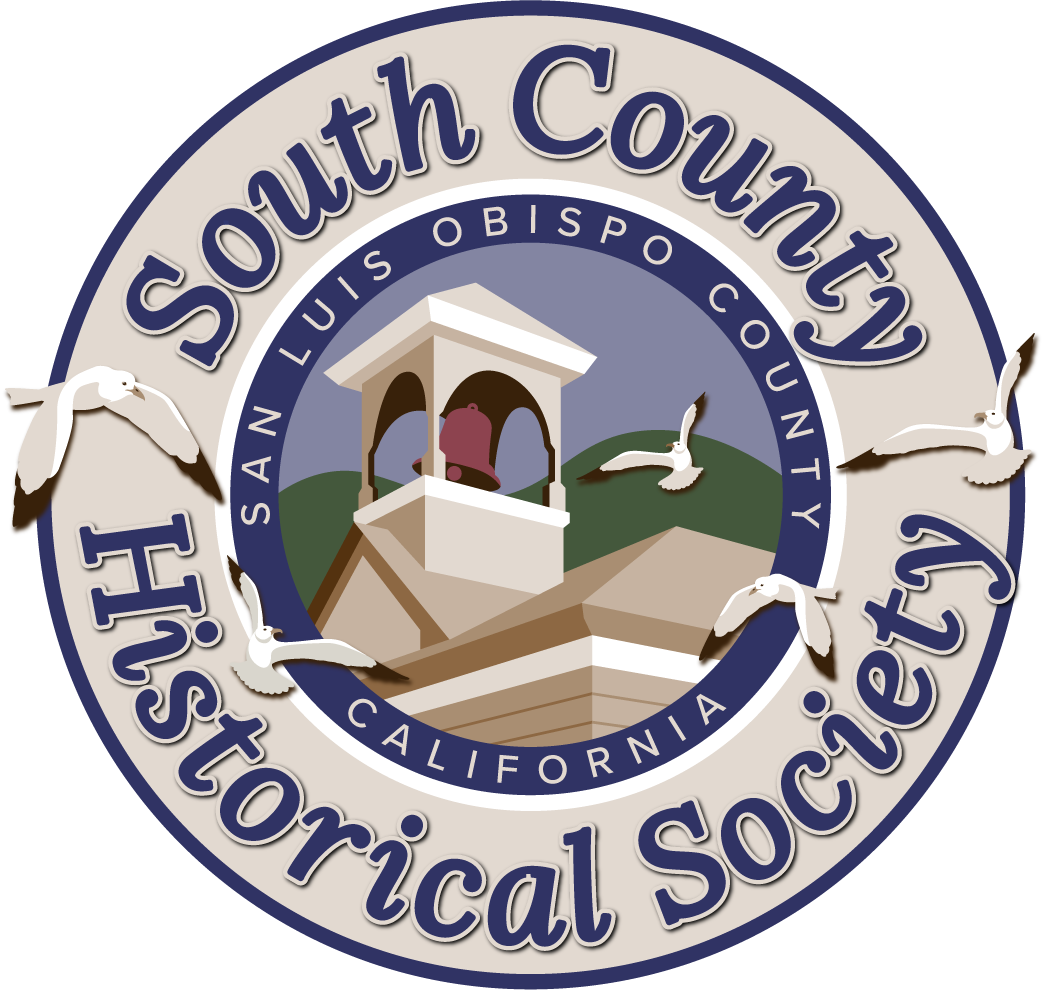
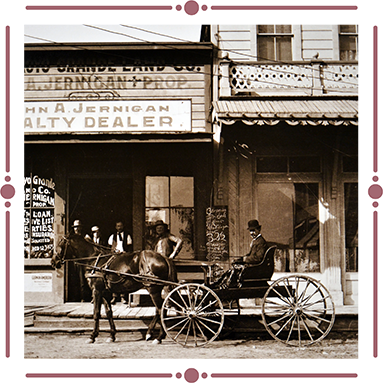
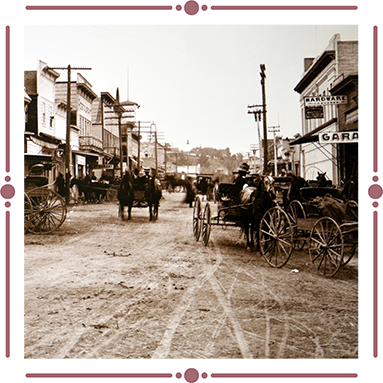
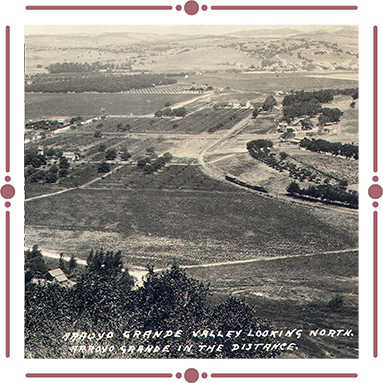
Avila Beach

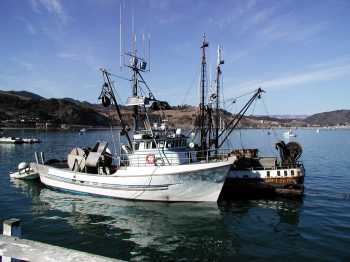

Avila Beach sits seven miles north of Pismo Beach, seven miles south of San Luis Obispo, and half way between Los Angeles and San Francisco. Driving a few miles west of Highway 101 along shady, tree-lined roads that lead to the Pacific Ocean, Avila Beach and a bay with three piers come into view. A privately owned pier between Avila Pier and San Luis Wharf is gated, while the other two wooden piers are open to the public and offer beautiful views, restaurants and a working fish market.
Last year the Avila Boardwalk got a facelift. There are new concrete benches and walkways containing nautical art and themes. Cement starfish cling to benches, much as the real ones can be seen while standing on the lower stairs landing of the pier, overlooking pilings beneath the planked walkway.
Tucked away behind apple orchards, hot springs and tree filled mountains, Avila is a gem on the Central Coast.
My Memories of Avila and the Lighthouse
By Jens Wagner
I was born in San Francisco in 1932 of immigrant parents. My father, Jens Otto Wagner, was born near Hamburg, Germany. He met my mother Phyllis in Wellington, New Zealand, and they immigrated to the United States in 1931. My father was a sailor. He began sailing as a youngster, eventually achieving the position of Chief Marine Engineer.
In 1936, at my mother’s request, my father stopped sailing as a marine engineer for various steamship lines and took a job with the U.S. Department of the Interior in the Lighthouse Service. His first post was St. George’s Reef off the Pacific coast near Crescent City, California. This particular lighthouse was often referred to as “The Widowmaker” due to its rugged location.
In 1937, my parents, now with two young sons, left St. George’s Reef bound for duty in San Luis Obispo County at the Lighthouse Station in Avila Beach, California. We traveled down the coast by bus, arriving in time to meet our furniture which had been shipped by sea. To our surprise, we found that we would be joining two other families, the Morehouses and the Lewises, already in residence. Together there were six children calling this lighthouse station home. We lived there for approximately two years. The Avila Lighthouse Station compound consisted of three buildings, a cistern, and a white-washed henhouse. The main building with its tower was the Morehouse residence and is still there. The other building, a duplex, was home to the Wagner and Lewis families. Built at the end of the 19th century in the Crafstman style, our part of the two-story duplex had three bedrooms on the upper floor and living quarters below. In the early 1940s, the Lighthouse Service was transferred to the U.S. Coast Guard to consolidate surveillance and protection of the Pacific coastline. In order to make room for more housing, our home was pushed over the cliff and the Coast Guard built the barracks which are there today. The third building is still there and housed the foghorns.
Everything to do with a lighthouse needs to be kept functioning properly at all times. Our fathers worked 8 hour shifts. This provided the necessary 24-hour rotation required to carry out the duties and responsibilities of operating and maintaining the fog horns and the tower light. Diesel and steam power were available for running the equipment which was all started manually. The tower light was kept clean and lit all the time. The foghorns had different sounds to identify our location for ships at sea. My bedroom was about 100’ from the foghorn building and I learned to sleep through just about anything! I don’t remember any accidents or rescues while we were there and that original Fresnel lense, I think, now belongs to the San Luis Obispo County Historical Society.
Most of the families living in Avila at this time were fishing families or families associated with Union Oil of California. Names that I remember are the Martins, the St. Johns, and the Gilmans. I also remember a native American Chumash who lived like a hermit near the current PG&E gate. Though he was reclusive, somehow my folks got to know him. He gave me a present once - an old coffee grinder. It would be a nice treasure today if I knew where it was!
The Wagners always walked everywhere unless we could catch a ride on the old small gauge railroad. From the lighthouse, we would walk down the side of the hill to approximately where Fat Cat Restaurant is today, then follow the tracks into Avila. The railroad tracks belonged to the Pacific Coast Railway and Steamship Company built 1873. It was still the transportation of that day. The Roundhouse was on Lower Higuera in SLO. From there, traffic was diverted to the two rail routes, carrying passengers and produce either from San Luis Obispo to Avila or south through the Village of Arroyo Grande to Los Olivos. The old PCR tracks, I believe, were ripped up during WWII to provide steel for the war effort. Some of the rolling stock was still around in the late 1940s and two of the passenger cars had been converted to an ornithological museum.
There were three piers then, as now. The business district was located in the area of the first pier where the Yacht Club is today; the second pier belonged to Union Oil for loading and unloading and the third pier is where the restaurant is now. The original first pier was probably built by John Harford who had also built one in the Spyglass area, but weather destroyed that one early on. The Old Custom House, the Canet General Store, the Post Office, a boarding house, and a bar or two were located near the first pier. In those days, the Old Custom House was a sandwich shop and ice cream cones were 5 cents! The Post Office was located in the Avila Market. Alice Canet was the postmistress and proprietress of the Market. From her, we used to get a “billie” can - equivalent to one gallon - of fresh milk from the Creamery in SLO. Fresh milk was a treat as our usual milk was canned, evaporated milk. We also bought meat at the Avila Market. And sometimes Dad would go out at night with the commercial fishermen. If the catch was good, he would come back the next morning with a couple of big fish - salmon, albacore, sometimes halibut and cod. Dad also had a garden on the lighthouse bluff. One year he grew 900 head of cabbage which he took into town and bartered for an old 1928 Model T coupe and 100 pound sack of potatoes. We thought it was a great deal because the Model T had a rumble seat and we got to eat a lot of the potatoes! Dad planted the rest. There was good soil up there on that bluff and I’ve heard there are wild vegetables growing there today….perhaps remnants of my Dad’s old garden. There may also be descendants of some of Mother’s cats. Mother loved cats and at one point we had over 25! We also had raccoons and skunks.
Avila was a close knit community although we had no church. We went to St. Paul’s Catholic Church in Pismo or the Old Mission Church in San Luis Obispo. Our first Christmas there, Dad made a Noah’s Ark for me. The lid lifted up so that the hand carved animals could be placed inside. “Noah” was a character cut from a coffee can label of the day. It was all quite wonderful! In 1938, I started first grade at the two-room Avila Schoolhouse about two blocks up the hill from town and the beach. Mrs. Lawrence was my teacher and taught the first four grades. Mrs. Ruda, our principal, taught the upper grades. We usually had 25 - 30 children in school. If the weather was inclement, sometimes my Dad would lower the long boat into the water and we would navigate across the Bay to the first pier.
In 1939 or 1940, when the U.S. Coast Guard took over the Lighthouse Service, my father did not want to have a commission so we moved to San Francisco. There he took a job with the War Department as a stationary steam plant engineer on Angel Island ... to be continued.

Editor’s Note: The Avila Schoolhouse is still on its hill above town. However, now a part of the San Luis Coastal School District, it has been determined to be lacking in historical value and is scheduled for demolition. The SLO Coastal School District plans to build townhouses on the property, reserving three for school teachers in the District.
